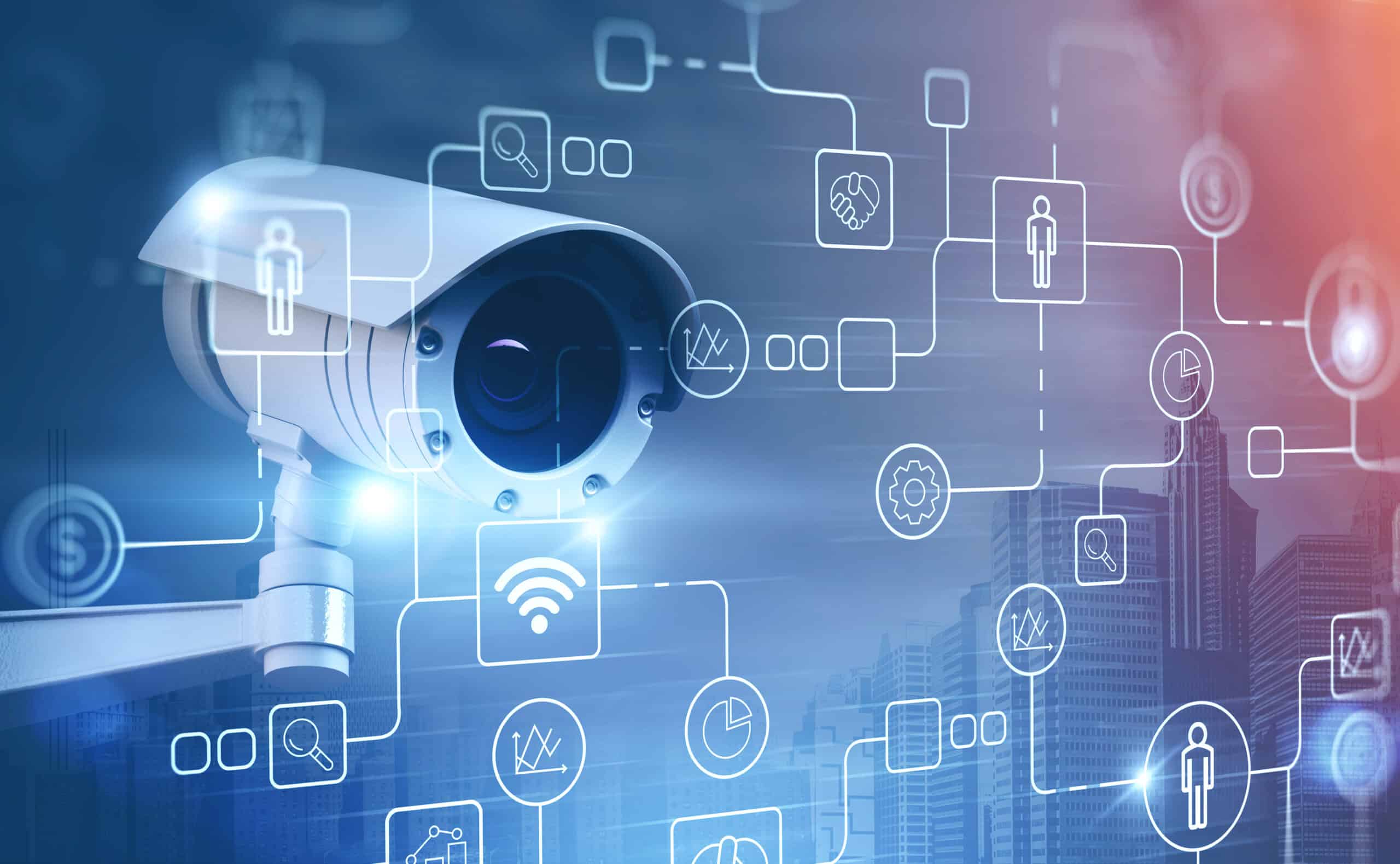Why Physical Security Is Worth More Than You Think

There is a new focus in physical security, rethinking it from a cost center to creating revenue for the organization. The world of physical security is moving toward realizing the total cost of ownership (TCO) for their physical security systems and better understanding the hidden value security systems can deliver, both in direct and indirect benefits.
This is leading more businesses to find ways to standardize and optimize their security technology and processes while lowering maintenance costs and gaining operating efficiencies wherever possible to keep security lean but effective.
But the real shift will come when organizations start to view physical security as more than just a cost center, but rather as a potential revenue center. This means that security can create value for the organization beyond just keeping people and assets safe.
Industry leaders are starting to catch on to this concept, and we’ll see more companies adopting a strategic approach to physical security in the coming years. This approach involves rethinking physical security as an enabler of new business opportunities and revenue streams.
For example, a company may use its physical security systems to collect data on customer traffic patterns, which can be analyzed to optimize store layouts and improve customer experience. Another company may use its security cameras to monitor production lines for quality control, reducing the risk of defects and improving product quality.
In these scenarios, physical security is not just a cost center, but rather a tool that enables the organization to create new value and competitive advantages.
To achieve this new focus on the long-term value of physical security, organizations must start by investing in the right technology and talent. They need to hire security professionals who understand not just the traditional aspects of security, but also how to leverage technology and data to drive business value.
They also need to invest in technology that can collect and analyze data in real-time, providing actionable insights that can be used to improve business operations.
Finally, organizations must be willing to adopt a more strategic mindset when it comes to physical security. They need to look beyond the immediate costs of security and focus on the long-term benefits that it can provide.
By doing so, organizations can transform physical security from a cost center to a potential revenue center, creating new opportunities for growth and success in an increasingly competitive business landscape.



